NEWS
We’re passionate about dizziness, balance and hearing health. We can assist on a variety of subjects, from doctor interviews, graphics and information, to locating those on their journey facing dizziness, vertigo and balance-related challenges. We welcome and host news media professionals using many platforms.
NEWS
We’re passionate about dizziness, balance and hearing health. We can assist on a variety of subjects, from doctor interviews, graphics and information, to locating those on their journey facing dizziness, vertigo and balance-related challenges. We welcome and host news media professionals using many platforms.
OVERVIEW
Newport-Mesa Audiology Balance & Ear Institute is one of the country’s largest practices specializing in the research, diagnosis, treatment and rehabilitation of dizziness, vertigo, balance disorders, tinnitus and hearing loss. The Institute is located in Orange County, California in the city of Newport Beach.
The Institute was established in 1977 by Dr. Howard T. Mango, who founded the Institute to address the need for better diagnosis and treatment of acute, undiagnosed or unexplained vertigo, dizziness and balance complaints, and hearing loss. Today, Dr. Mango is nationally renowned for his ongoing work and research on balance and hearing disorders. He is a sought-after, recognized leader in vestibular evaluation and rehabilitation techniques.
It is not uncommon for dizzy patients to seek counsel from their physician, receive a prescription for some level of therapy, and then search out a provider (likely from a list they were provided) to help alleviate the problem. Often they remain frustrated. However our doctors of audiology are vestibular specialists, and solely direct all facets with a comprehensive diagnostic approach – from initial meeting through management and treatment of hard-to-diagnose dizziness, vertigo and balance issues. Our doctors use leading medical technology in every level of care and treatment to reduce or eliminate symptoms. This approach has been honed by ongoing, evidence-based clinical research. All clinical staff focus on vestibular (inner ear) disorders where the majority of balance disorders originate. These disorders include the diagnosis and treatment of BPPV, labyrinthitis, vestibular neuritis, migraine and motion sensitivity.
Our distinctive approach includes Advanced Vestibular Treatment™ (AVT). Dr. Howard Mango and his team of doctors of audiology have successfully treated more than 50,000 patients for dizziness, vertigo, balance and inner-ear vestibular disorders using medically advanced therapeutic technologies, techniques and treatments. To date, over 90% of all Institute patients have demonstrated measurable, clinical improvement following personalized dizziness treatment.
Using advanced medical technology, training and expertise, Newport-Mesa Audiology Balance & Ear Institute provides non-invasive diagnosis, treatment and rehabilitation for patients of all ages. We offer a highly-advanced medical discipline practiced by our doctors of audiology, who are members and fellows of organizations such as the American Board of Audiology; the American Academy of Doctors of Audiology; American Academy of Audiology; the American Academy of Dispensing Audiology, and the California Academy of Audiology. The Institute is also affiliated with the American Speech and Hearing Association.
Our doctors are skillfully trained to custom fit patients with innovative, state-of-the-art hearing devices such as the Bluetooth-enabled Opn™ and the invisible in-the-ear Lyric™.
Newport Mesa Audiology Balance & Ear Institute is further distinguished by:
✓ Our proprietary approach
✓ Highly successful, patient-focused results
✓ An inclusive, easy-to-access setting with comprehensive resources
✓ Everything in one location
OUR DIFFERENTIATION
The smallest, most delicate organs in your inner ear work in tandem with each other and hold the keys to your body’s own balance.
We have distinction as the only practice of our kind to offer an all-inclusive unique and broad range of diagnostic and therapeutic resources with specialty in difficult-to-diagnose cases.
We are vestibular experts.
- Our clinicians have specialized training and expertise as vestibular audiologists focused on dizziness, vertigo and balance disorders. All hold doctoral degrees from accredited universities, completed post-graduate studies, and actively participate in Institute research. They are licensed; many are board-certified.
We have made a multi-million dollar investment in patient health.
- We equip our diagnostic and treatment team with the latest, most advanced medical technologies to isolate and treat weak or non-functioning portions of the tiny vestibular anatomy of the inner ear.
- Today, our Institute is the only private practice in the U.S. with 3 EPLEY Omniax® Systems (Epley chair) for treating difficult to diagnose vertigo cases, including BPPV. In fact, we are among only 20 practices worldwide that features this proven technology. It is used to successfully treat all six semi-circular canals of the inner ear, plus all 10 end organs using 360° rotation.
- Additionally, the Institute is one of only 63 in U.S. to utilize an advanced Neuro Kinetics rotary chair (I-Portal® Neuro-Otologic Test Center) to diagnose and treat vestibular disorders.
- We are among only 10% of local treatment facilities with the necessary equipment for precise, accurate ASSR testing.
We offer the most advanced diagnostic and treatment technology.
- Advanced Vestibular Treatment™, known as AVT, is a proprietary, highly effective and far superior form of vestibular rehabilitation.
- There any many forms of therapy. However AVT has shown to outperform traditional vestibular rehabilitation with its lasting results.
- AVT targets and treats specific problematic areas within the visual, somatosensory and vestibular systems, not merely the vestibular system.
We provide patient-focused care.
- It’s about ensuring the highest attention to patient care and comfort. Our primary focus is to permanently improve our patients’ balance and hearing health. An unwavering commitment to our patients sets the Institute apart from others.
We are committed to the future of Audiology.
- Our Institute provides highly-coveted externships to select 4th year Au.D. doctoral candidates. Our nationally-recognized program partners with distinguished universities to provide practical and skill-based knowledge and training that integrates scientific research and proficiency into clinical practice.
RELEASES
[nooz]
Coverage
Resource Downloads & Media Kit
INQUIRIES
Thank you for your interest in dizziness, vertigo, balance disorders and our Institute.
We’ll do our best to accommodate and answer questions. We also provide interviews and tours upon request.
Contact:
Newport-Mesa Audiology Balance & Ear Institute Public Relations
Michael Williams, Director Business Development & Communications
(949) 642-7935 / Office
(949) 285-4546 / Mobile
mike@dizziland.com
500 Old Newport Blvd, Suite 101
Newport Beach CA 92663
Or use feel free to reach out using our convenient News Media/Press Inquiry request:
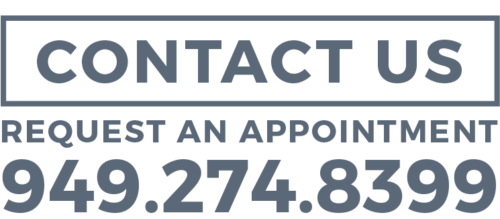
We are located in an easy-to-access location in Orange County, California.
NEWPORT BEACH
500 Old Newport Blvd, Suite 101
Newport Beach, CA 92663

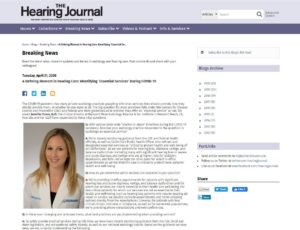
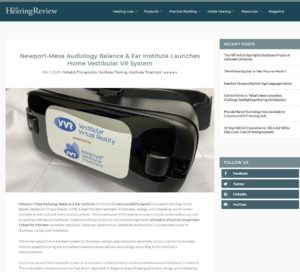
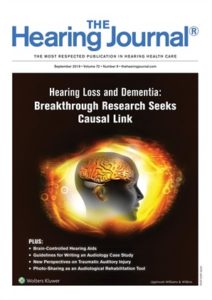
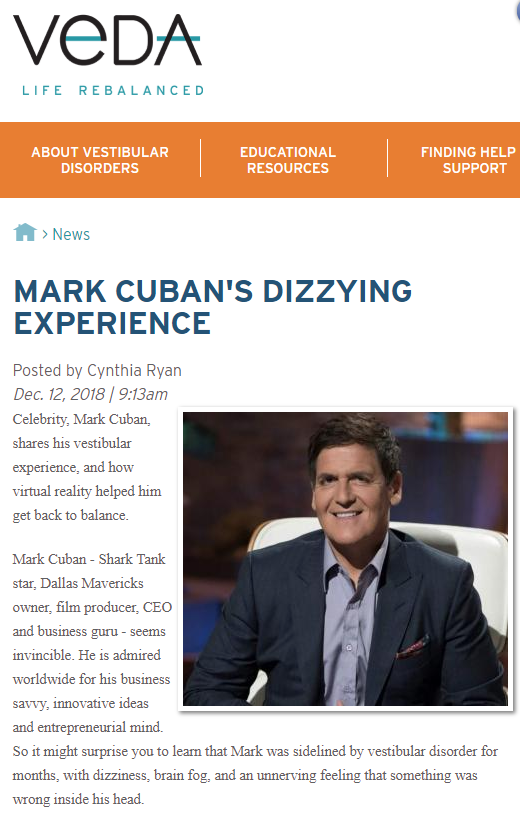
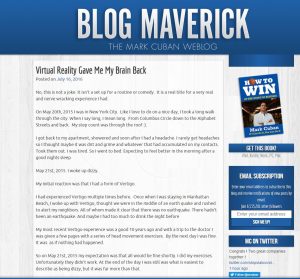
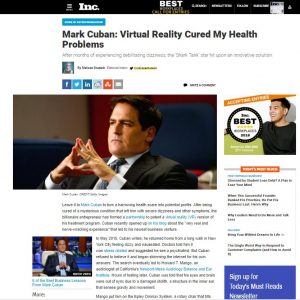
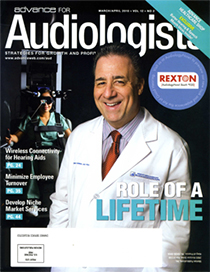
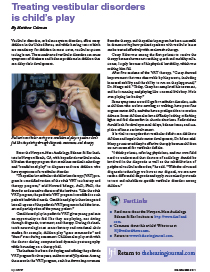
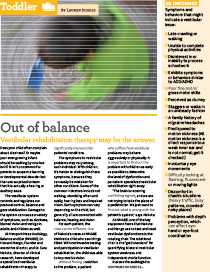
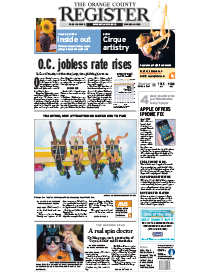
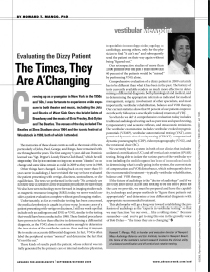
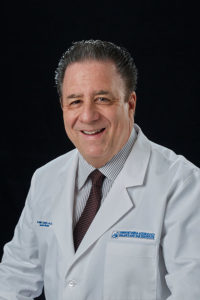 Founder and Executive Director of Newport‐Mesa Audiology Balance & Ear Institute, Dr. Mango was once an aspiring actor who moved from New York to Southern California to pursue his dream. After enrolling as a student at University of Southern California (USC) and studying acting with “highly gifted actors, such as John Ritter,” Dr. Mango decided it was best to focus on another interest: Anatomy & Physiology. This new passion led him to a Bachelor’s degree in Speech Pathology and Audiology from USC in 1973.
Founder and Executive Director of Newport‐Mesa Audiology Balance & Ear Institute, Dr. Mango was once an aspiring actor who moved from New York to Southern California to pursue his dream. After enrolling as a student at University of Southern California (USC) and studying acting with “highly gifted actors, such as John Ritter,” Dr. Mango decided it was best to focus on another interest: Anatomy & Physiology. This new passion led him to a Bachelor’s degree in Speech Pathology and Audiology from USC in 1973.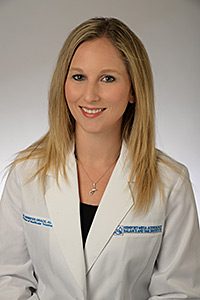 The Clinical Director at Newport‐Mesa Audiology Balance & Ear Institute, Dr. Jennifer Grace received her Bachelor of Science degree Speech, Language, and Hearing Sciences from San Diego State University and her Doctoral degree in Audiology at Northwestern University. She joined our Institute initially as a fellow in 2011 and joined our clinical staff after completing her doctoral studies and now manages the Institute’s various clinical treatment programs.
The Clinical Director at Newport‐Mesa Audiology Balance & Ear Institute, Dr. Jennifer Grace received her Bachelor of Science degree Speech, Language, and Hearing Sciences from San Diego State University and her Doctoral degree in Audiology at Northwestern University. She joined our Institute initially as a fellow in 2011 and joined our clinical staff after completing her doctoral studies and now manages the Institute’s various clinical treatment programs.